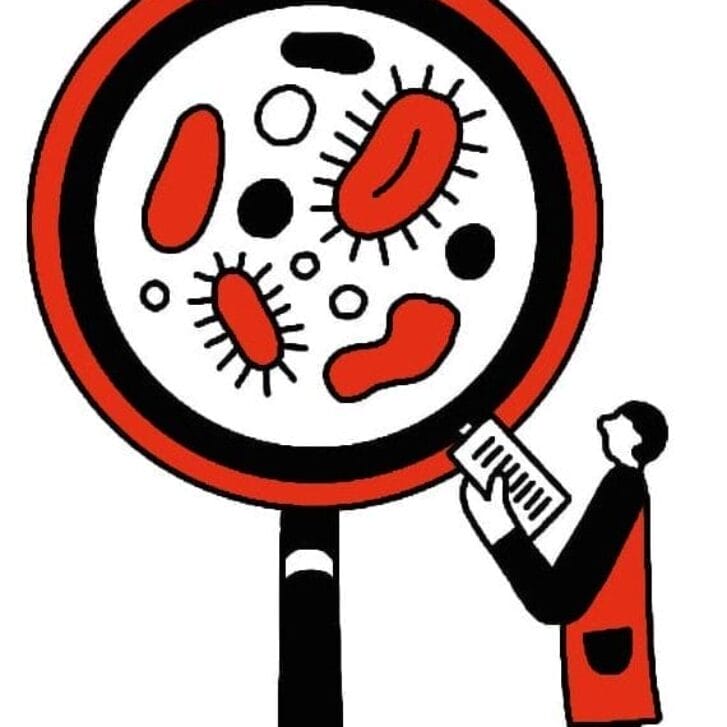In 2018, two black men were arrested inside a Philadelphia Starbucks after they asked to use the bathroom but declined to order anything. They were, the men explained, just waiting for a friend. News of the arrests quickly went viral, and Starbucks responded by closing its U.S. stores for an afternoon so employees could participate in anti-bias training. This prompted everyone from activists to C-suite executives to ask the same question: Is that sort of instruction effective? In their field study and subsequent paper, “The Mixed Effects of Online Diversity Training,” doctoral candidate Edward Chang, operations, information, and decisions professor Katherine Milkman, and other Wharton researchers offer up some insights into stamping out workplace bias.
The Question
Does online diversity training actually work?
The Experiment
The researchers put about 3,000 participants from one global firm into one of three groups:

(Illustration by John Melven and Jo)
The Results
Among their findings: a positive attitude change in most of the two diversity-training groups, but not much movement in behavior change, particularly among the groups who historically held power in the organization, “such as men and white people,” says Chang.
 Key Takeaway
Key Takeaway
“An hour doesn’t do it, so we have to find other solutions,” says Milkman. “My instinct based on the other work we have done and the other literature on this topic would be that we need to be moving toward structural change … the way hiring happens, the way promotion happens, the way mentoring happens.”
Positive Outcome
Milkman and Chang say the biggest behavioral effect of the diversity training was an increase in women seeking out mentors.
Published as “Knowledge@Wharton—The Deck” in the Fall/Winter 2019 issue of Wharton Magazine.


























